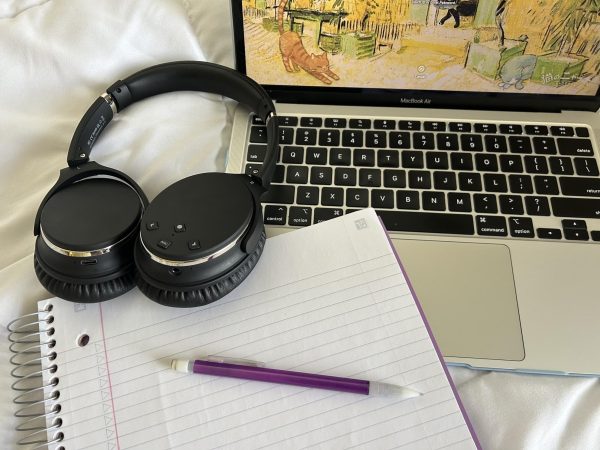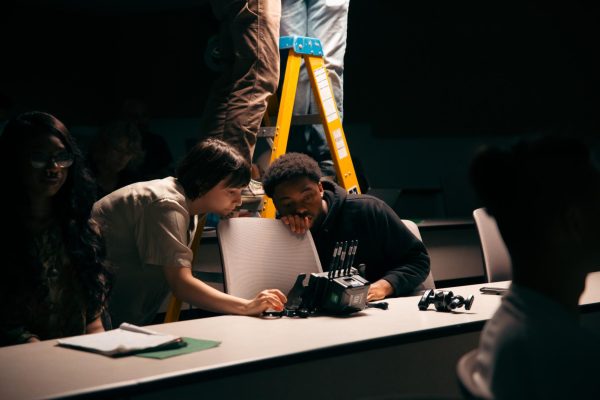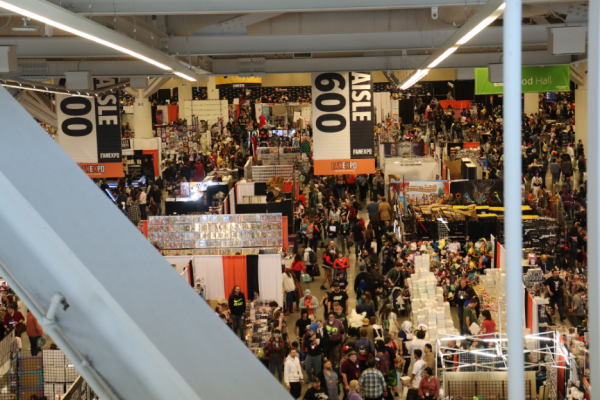Voters should expect to see ‘observers’ at most polling places
November 4, 2012
For those planning to vote on Election Day, don’t forget a driver’s license — someone will be watching.
“Poll observers” will be at many voting locations in Ohio to ensure voters are residents of the precinct, residents of Ohio, U.S. citizens and of legal voting age. While almost all of the poll workers contacted said they were told by their appointing authority not to talk to the media, Pat Boyer-Jones of Akron, a retired nurse, said she had one goal in mind when she decided to be a poll observer. She’s there to make sure no one is discouraged from voting.
“I hear [Republicans] are doing everything they can to discourage black people to vote,” she said.
She is one of 122 registered poll observers in Summit County.
These observers may watch the voting process, but they can’t disrupt it in any way. If they spot an irregularity, they must leave the polling site and call the Board of Elections. The board then handles the issue. The role of the observers is laid out in the Ohio Secretary of State’s Directive 2012-21.
Locally, Democrat-affiliated observers outnumber Republican ones.
In Summit County, Democrats have 119 approved observers. Republicans have two and the Green Party one. Medina County has 17 from the Democratic Party and three from Republicans. Portage County has an even split of three for each party.
These numbers may change, however, because appointing authorities have until 4 p.m. Monday to appoint an observer.
“[The observer’s] responsibility is to make sure everybody who votes has a legal right to vote,” said David Porter, professor of political science at Youngstown State University.
Old laws
Voter challenger laws have been on the Ohio books since 1803. They were changed in 1868 by the legislature to require election officials to challenge voters who had a “distinct and visible admixture of African blood.” The State Supreme Court later overturned the requirement.
Porter said, historically, some observers would make voting so difficult that it would take 15 minutes or longer to cast a ballot.
“Poll judges simply challenged everybody and it would sort of mess up the electoral process and to suppress the vote in a particular neighborhood,” said Porter. “[The concept of voter challenges] was supposed to facilitate and make sure it is a honest process.”
Contact Kelsey Misbrener at [email protected].
A.J. Atkinson and Shee Wai Wong contributed to this report.
TheNewsOutlet.org is a collaborative effort of the Youngstown State University journalism program, Kent State University, the University of Akron and professional media outlets, including WYSU-FM radio and the (Youngstown) Vindicator, the Beacon Journal and Akron’s Rubber City Radio.























